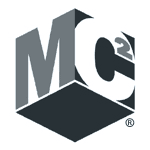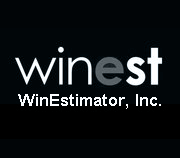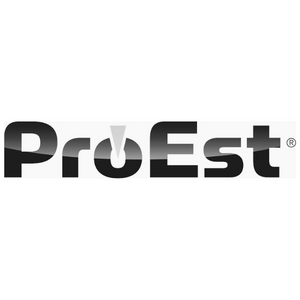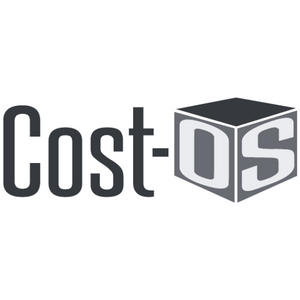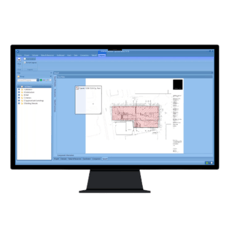Implementing DESTINI Estimator at The Korte Company
Beck Technology and ENR top 400 contractor and top 100 Design-Builder, The Korte Company have been partners since 2015. Just like us, innovation is in Korte’s blood. They were pioneers of the design-build construction model and early adopters of BIM. So, it only made sense for them to upgrade to the revolutionary DESTINI Estimator estimating software in 2017.
One of Korte’s goals in implementing new preconstruction software was to partner with a vendor that would listen to feedback and grow alongside them.
Even though they were already using Beck Technology products, there are different estimating systems on the market to choose from. What won Korte over to stay with Beck Technology was our approach to implementation.
It is uncommon for software vendors to customize an implementation plan. Because the lift can be quite large to transfer your data over to DESTINI Data Manager, the cost database that runs DESTIN Estimator, your implementation team at Beck Technology will develop a schedule of training and implementation milestones.
Brain Marks, Senior Estimator at Korte said, “We really like the lump sum approach…” DESTINI Estimator is designed to work for you, not the other way around.
When you decide to switch to DESTINI Estimator, you will be assigned a Customer Success representative from Beck Technology who will be your point of contact during the entire implementation phase. Weekly check-ins keep you on track and give you the opportunity to provide feedback, ask questions, and work through any issues that arise.
For Korte, this implementation plan gave them the confidence that they made the right choice because of how collaborative the onboarding process is.
To read more about why Korte chose DESTINI Estimator, click here.
To hear more from Korte on this project, please read their blog, Project Estimating Just Became More Seamless.

-1.png?width=112&height=112&name=image%20(4)-1.png)






